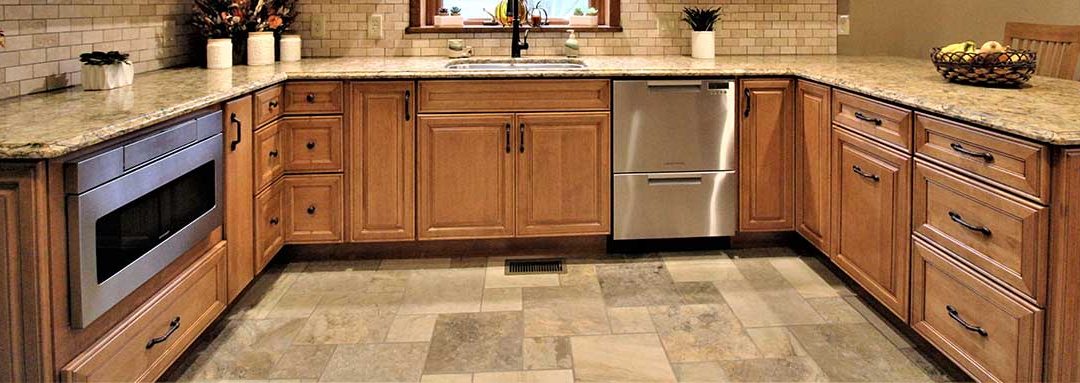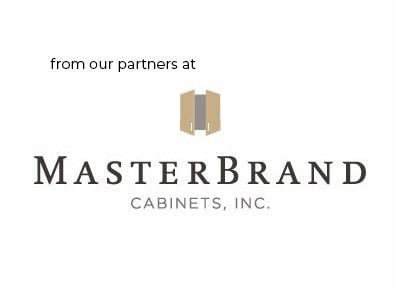CABINETS 101
TYPES OF CABINETS, DOORS, AND DRAWERS
It’s exciting to choose cabinetry for your new kitchen or bath, but with so many different types of cabinets to choose from, how do you know where to begin?
While it’s great to have choices, it can be overwhelming without a basic understanding of the types of cabinets, doors, and drawers that are available, and how you can use them to make your remodeling dreams come true.
There are three basic types of cabinetry: stock, semi-custom and custom cabinets. Each type provides different advantages depending on your needs and budget. Stock cabinets are at an entry-level price point with limited options. Semi-custom cabinets offer more styles, finishes, and features than stock cabinets, while custom cabinets offer the widest breadth of wood types, finishing options, construction platforms, and modifications.
CABINETS 101 | Framed vs. Frameless Cabinets
When choosing cabinets, there are two types of construction to consider: framed or frameless cabinetry. Both provide endless design possibilities and their own unique advantages. Here are some things to consider as you decide which type of cabinet construction is best for you.
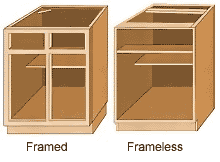
WHAT IS FRAMED CABINETRY?
American cabinet manufacturers have traditionally built cabinets using a framed construction. In this type of cabinet construction, the rails and stiles form a 1-1/2 inch face “frame” at the front of the cabinet box. This frame resembles a flat picture frame that is attached to the door front, giving added dimension to the door front.
WHAT IS FRAMELESS CABINETRY?
Cabinets 101 | Cabinet Door Construction and Cabinet Overlay Options
How a cabinet is built determines how it looks and functions. These basics will help you determine what cabinet door construction type is best for you.
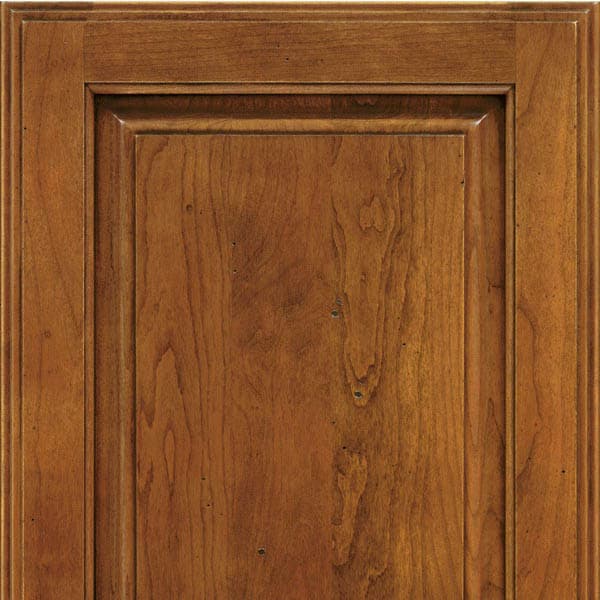
Raised panel cabinet doors
Raised panel cabinet doors have a center panel that is raised from the rest of the door, many times with a contoured edge that gives it a specific style. These doors are typically used in more traditional designs.
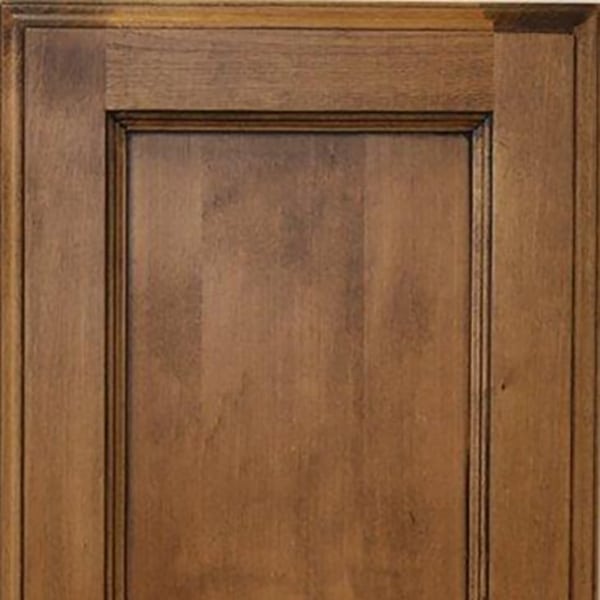
Recessed or flat panel cabinet doors
Recessed or flat panel cabinet doors have a center panel that is lower than the rest of the door, with a higher outer edge that defines its style. Recessed panel doors are typically used in more modern designs.
Seen on: Clifton Park Kitchen Transformation

Full overlay doors
Full overlay doors cover the entire front of the cabinet box. When two overlay cabinets are viewed side-by-side, only a very small portion of the frame is visible, creating a nearly seamless, streamlined look.
Seen on: Open Concept Kitchen Remodel
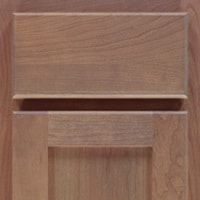
Partial overlay doors
Partial overlay doors cover only part of the cabinet box front, with a small portion left showing, providing a more traditional cabinet look.

Inset cabinet doors
Inset cabinet doors fit inside the cabinet face frame openings, giving a full view of the cabinet frame for a distinctive look that can take on a large range of modifications.
Seen on: Two-toned Kitchen Cabinets
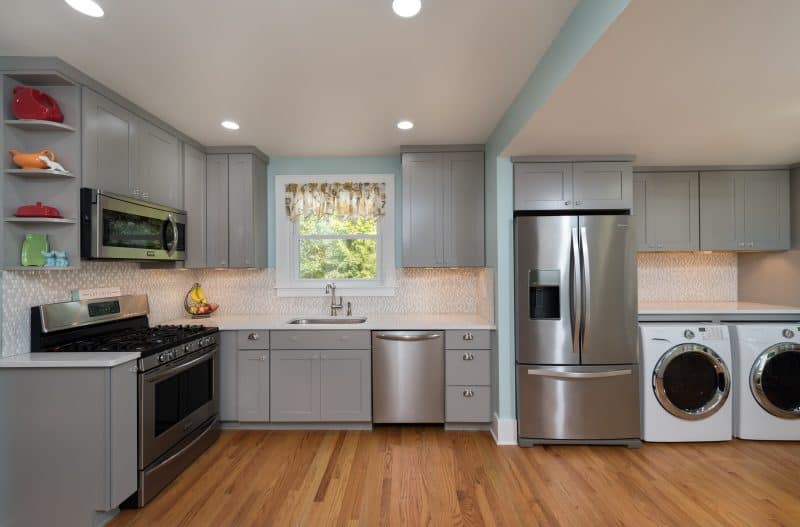
CABINETS 101 | Types of Cabinet Door Styles
Cabinet doors make a big impression in any remodeled room, taking up a significant part of the visual appeal of the space while defining your personal style. They are available with various center panel styles, as well as overlay and inset versions.
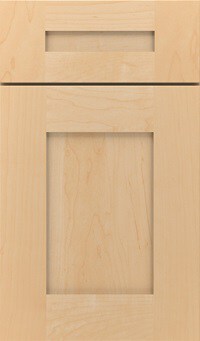
Shaker doors
Shaker doors have recessed panels with a simple design.
Seen on: Traditional Kitchen Revival
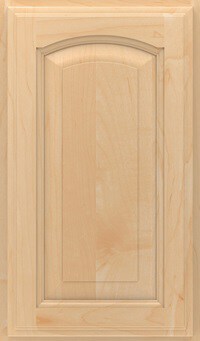
Arch doors
Arch doors have a raised panel with a half-oval-shaped curve at the top.
Seen on: Refined Traditional Kitchen

Slab doors
Slab doors have a flat panel that is neither raised nor recessed.

CABINETS 101 | Types of Cabinet Drawer Styles
Cabinet drawers are available with a variety of fronts, the most common being five-piece and slab. A cabinet’s drawer front style is determined by the overall cabinet door style that has been chosen.
Kitchen drawer fronts can vary within the room based on the drawer size. For instance, some door styles won’t work on smaller drawer configurations and might automatically call for a slab front. Many brands will offer drawer front upgrades for individual styles. Ask your designer about drawer front options.
When choosing cabinet drawers, here are some key terms to know.
Dovetail joint: An interlocking corner joint where pins on one piece fit into sockets on a second piece.,
Drawer glide: The system used to support the cabinetry drawers and provide opening/closing operation (availability of side and under-mount options vary by brand, as does availability of full- and 3/4-drawer extension).
Quiet Close: A hinge that will softly close the cabinetry drawers while controlling slamming comes standard in many lines, but may also be an option on most drawers. Most of the time the mechanism is integrated into the glides or door hinges, and has an on/off switch.
CABINETS 101 | Types of Drawer Fronts
Kitchen drawer fronts can vary within the room based on the drawer size. For instance, some door styles won’t work on smaller drawer configurations and might automatically call for a slab front. Many brands will offer drawer front upgrades for individual styles. Ask your designer about drawer front options.
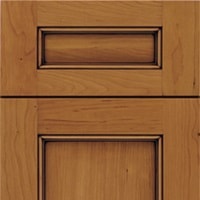
Five-piece drawer fronts
Five-piece drawer fronts have a four-piece frame around a center panel that is either raised or recessed.
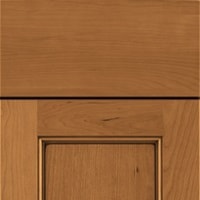
Slab drawer fronts
Slab drawer fronts, sometimes called solid drawer fronts, feature a single flat panel, with no decorative elements, providing a simple and streamlined look.

